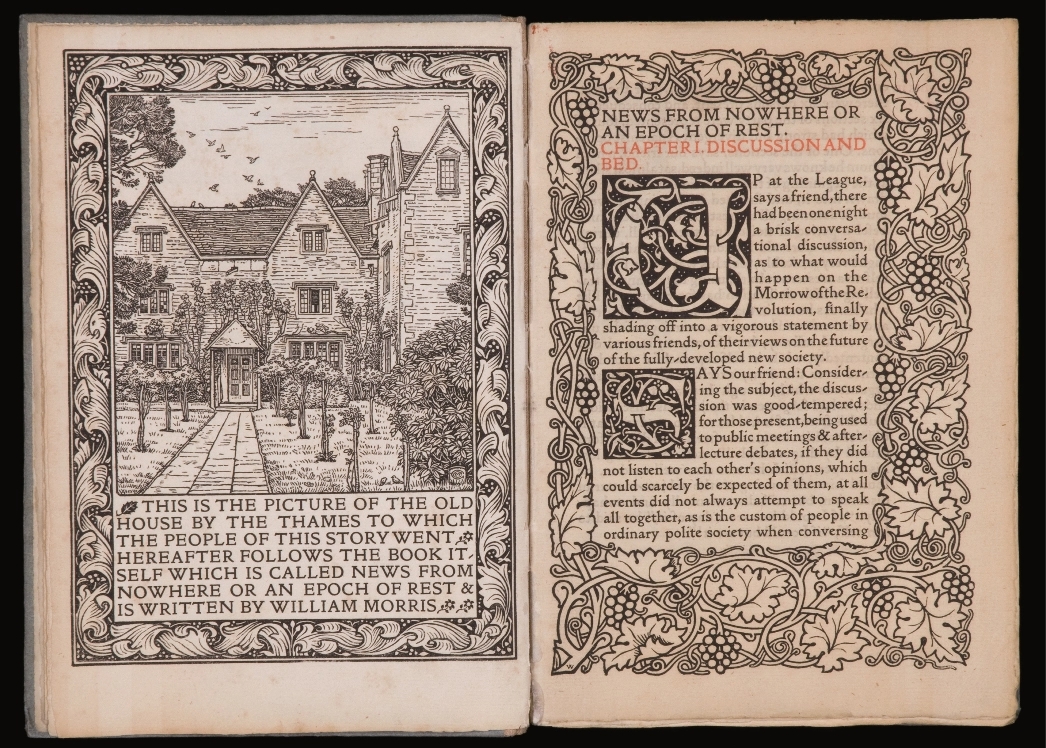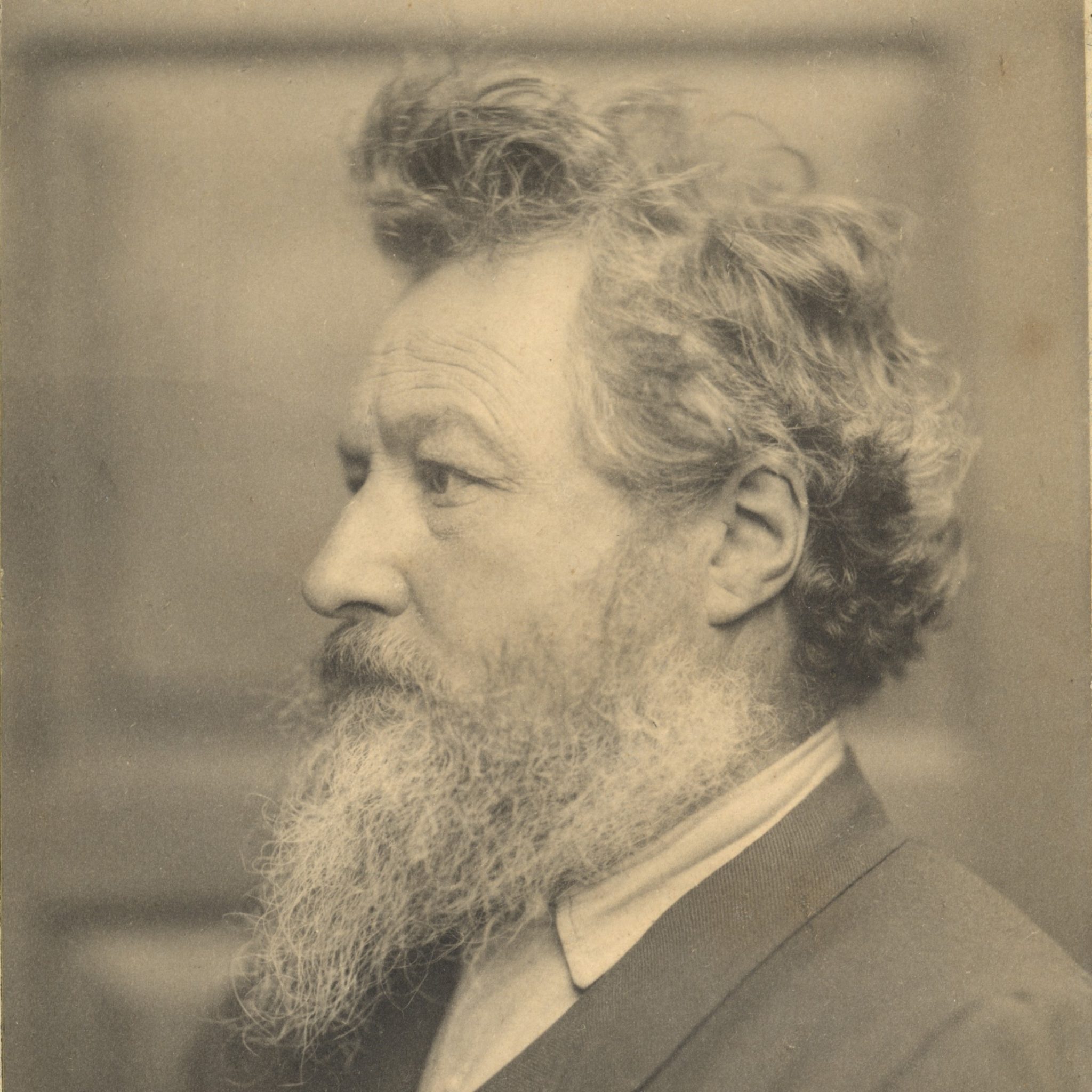

Step into almost any heritage hotel or historically-minded home in Britain, and you're likely to encounter his work. You’ll see walls adorned with swirling vines, intricate florals, and cheeky birds stealing strawberries. The name behind these iconic designs is William Morris, but to label him simply as a "wallpaper designer" would be a profound understatement.
Morris was a true Victorian polymath: a poet, a novelist, a conservationist, a passionate socialist, and arguably the single most influential figure in the British Arts and Crafts Movement. He wasn't just creating beautiful patterns; he was championing a philosophy, fighting for a better, more beautiful world in the face of drab industrialisation. Let's explore the life and legacy of this creative titan.
Born in 1834 in Walthamstow, then a village on the outskirts of London, William Morris enjoyed a privileged childhood. His journey truly began at Oxford University, where he met his lifelong friend and collaborator, the artist Edward Burne-Jones. The two, along with their circle, were captivated by medieval history and the writings of art critic John Ruskin, who criticised the soulless, mechanical nature of industrial manufacturing.
They rejected the path of clergyman they were expected to follow and instead dedicated themselves to art. This was the seed from which a revolution would grow.
In 1861, after building and furnishing his own home, Red House in Bexleyheath, Morris realised how difficult it was to find well-made, beautiful household items. Everything was either mass-produced and shoddy or ornate and tasteless.
His solution was radical. He founded "the Firm"—Morris, Marshall, Faulkner & Co. (later simply Morris & Co.)—a collective of artists and craftsmen including Burne-Jones, Philip Webb, and Dante Gabriel Rossetti. Their mission was to revive handcraftsmanship and apply fine art principles to everyday objects. They produced stained glass, furniture, textiles, and, of course, wallpaper, all with an emphasis on quality, integrity of materials, and artistic skill.
At the heart of the Arts and Crafts Movement and Morris's entire life's work was a simple, powerful philosophy. He believed that the objects we surround ourselves with matter. He famously advised:
"Have nothing in your house that you do not know to be useful, or believe to be beautiful."
This was a direct assault on both the clutter of Victorian parlours and the cheap, disposable goods produced by factories. For Morris, a beautiful object, made with human skill and care, enriched the soul of both the maker and the user. He believed that a society that valued craftsmanship would be a more equitable and happier one.
Morris’s designs are his most visible legacy. Drawing inspiration from the English countryside, his patterns are a symphony of natural forms, stylised with incredible sophistication. He spent hours meticulously figuring out the complex repeats that give his wallpapers and textiles their sense of seamless, organic movement.
Some of his most famous designs include:
He also revived ancient techniques of weaving, tapestry, and natural dyeing, determined to restore the quality that had been lost to industrial shortcuts.
Morris's design philosophy was inseparable from his political beliefs. He became a committed socialist, arguing that the capitalist factory system dehumanised workers and destroyed art. He believed that a socialist society would allow all people to live and work in a beautiful environment, free from drudgery.
In his later years, he founded the Kelmscott Press, embarking on a mission to revive the art of fine bookmaking. The press's masterpiece, a beautifully illustrated edition of the Works of Geoffrey Chaucer, is considered one of the most magnificent books ever printed.

William Morris died in 1896, but his influence is immeasurable. The Arts and Crafts Movement he spearheaded spread across the globe, shaping everything from architecture to graphic design. His call for simplicity, utility, and beauty echoes in the principles of modernism. His passion for conservation led him to found the Society for the Protection of Ancient Buildings, which is still active today.
And, of course, his designs endure. Licensed and reproduced worldwide, they continue to bring the beauty of the natural world into our homes, a timeless reminder of a man who believed that art could, and should, change the world.


SC Art About
No comments posted yet. Be the first to share your thoughts!
Subscribe to receive updates on new articles and exclusive content.